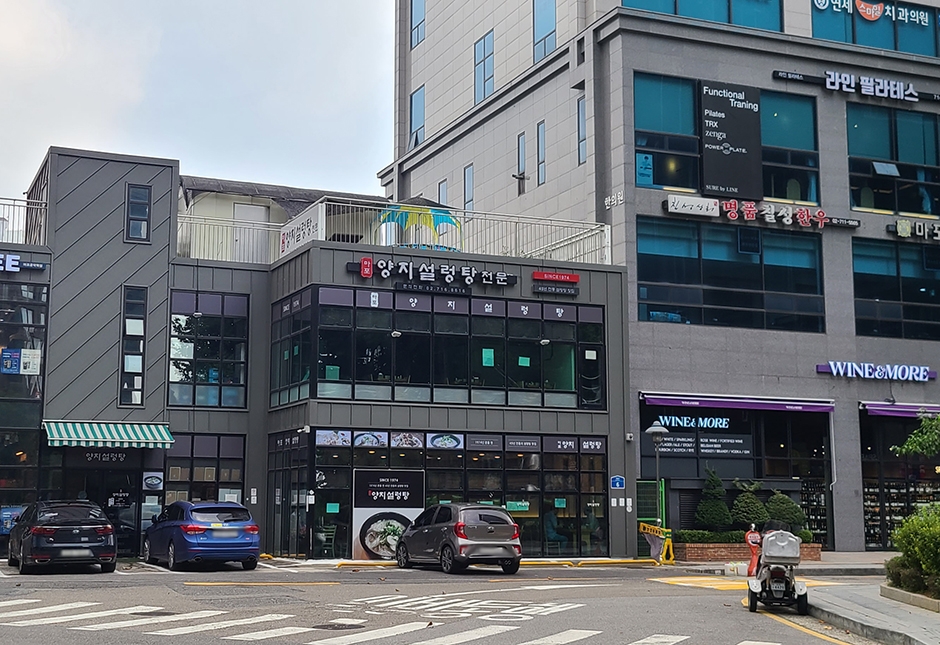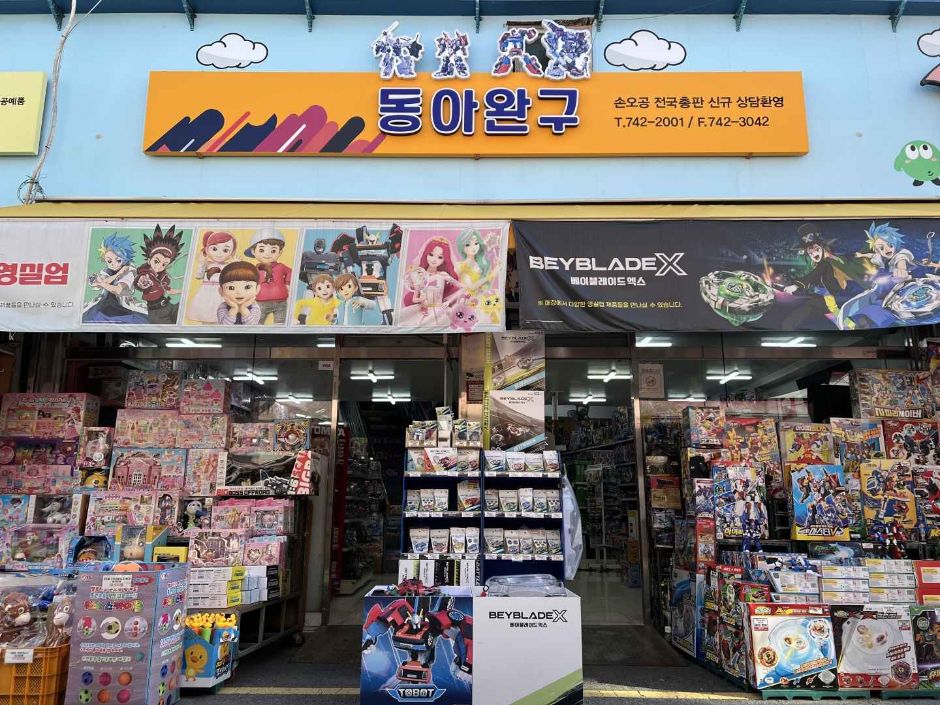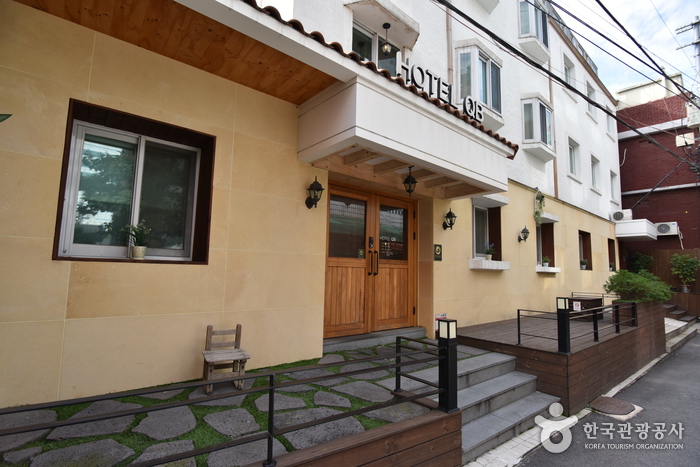Olens - Sinchon Myeongmul Street Branch [Tax Refund Shop] (오렌즈 신촌명물)
3.4Km 2024-04-17
1F, 18, Myeongmul-gil, Seodaemun-gu, Seoul
-
Mapo Yangji Seolleongtang (마포양지설렁탕)
3.4Km 2024-02-22
6 Saechang-ro, Mapo-gu, Seoul
Mapo Yangji Seolleongtang, opened its doors in 1977. The distinctive feature of this seolleongtang (ox bone soup) establishment is its clear broth with minimal meat odor, showcasing the rich flavor of deeply boiled beef bones and the sweetness of beef brisket. Served in a hot pot, it is accompanied by freshly cooked rice and hot soup. In addition to the signature dish, they also offer variations like naejangtang (offal soup), kkoritang (oxtail soup), joktang (ox feet soup) and doganitang (ox knee soup).
Donga Stationery (동아완구)
3.4Km 2024-09-11
5 Jong-ro 52-gil, Jongno-gu, Seoul
Donga Stationery is a stationery store located along Changsin-dong Stationery Street. The stop offers a full range of stationery and character goods and is popular among children and adults alike. The shop is located right by Dongdaemun Station (Seoul Subway Line 1), Exit 4, making it easily accessible.
Yonsei University (연세대학교)
3.4Km 2023-07-04
50, Yonsei-ro, Seodaemun-gu, Seoul
+82-1599-1885
Yonsei University, which opened in 1885, is a prestigious university that boasts a beautiful campus. In particular, it is famous for its wooden trails, antique buildings covered with ivy, and Cheongsongdae Forest, a popular dating spot among couples. Yonsei University also has a Korean language institute for foreigners interested in learning Korean.
ABC-Mart - Sinchon Branch [Tax Refund Shop] (ABC마트 GS신촌점)
3.5Km 2024-04-22
6, Myeongmul-gil, Seodaemun-gu, Seoul
-
HOTEL QB (호텔큐비(호텔QB))
3.5Km 2024-12-23
322-10 , Jong-ro, Jongno-gu, Seoul
+82-2-743-1294
Hotel QB in Jongno-gu, Seoul, is conveniently located a 3-minute walk from Dongdaemun subway station and close to the airport bus stop. Rooms range from single rooms for individual travelers to a quad room, and there is a studio and fitting room where selfies and photos can be taken. The hotel cafe has a microwave, water purifier and refrigerator, and customized travel consulting and free luggage storage are provided in the lobby. Dongdaemun History and Culture Park, Dongmyo Flea Market and a variety of fashion wholesalers are all nearby.
Look Optical - Sinchon Branch [Tax Refund Shop] (룩옵티컬 신촌)
3.5Km 2024-04-18
1F, 2, Myeongmul-gil, Seodaemun-gu, Seoul
-
Haedrin Oriental Medicine Clinic [Tax Refund Shop] (해들인한의원)
3.5Km 2024-04-22
3F, 107, Sinchon-ro, Seodaemun-gu, Seoul
-
Olive Young - Sinchon Yeonse-ro Branch [Tax Refund Shop] (올리브영 신촌연세)
3.5Km 2024-04-18
37, Yonsei-ro, Seodaemun-gu, Seoul
-
Olive Young - Cheonggu Station Branch [Tax Refund Shop] (올리브영 청구역)
3.5Km 2024-04-18
A section of 1F, 168, Dasan-ro, Jung-gu, Seoul
-
![Olens - Sinchon Myeongmul Street Branch [Tax Refund Shop] (오렌즈 신촌명물)](http://tong.visitkorea.or.kr/cms/resource/05/2888205_image2_1.jpg)



![ABC-Mart - Sinchon Branch [Tax Refund Shop] (ABC마트 GS신촌점)](http://tong.visitkorea.or.kr/cms/resource/95/2890495_image2_1.jpg)

![Look Optical - Sinchon Branch [Tax Refund Shop] (룩옵티컬 신촌)](http://tong.visitkorea.or.kr/cms/resource/45/2888645_image2_1.jpg)
![Olive Young - Sinchon Yeonse-ro Branch [Tax Refund Shop] (올리브영 신촌연세)](http://tong.visitkorea.or.kr/cms/resource/83/2888583_image2_1.jpg)
![Olive Young - Cheonggu Station Branch [Tax Refund Shop] (올리브영 청구역)](http://tong.visitkorea.or.kr/cms/resource/39/2878739_image2_1.jpg)
 English
English
 한국어
한국어 日本語
日本語 中文(简体)
中文(简体) Deutsch
Deutsch Français
Français Español
Español Русский
Русский